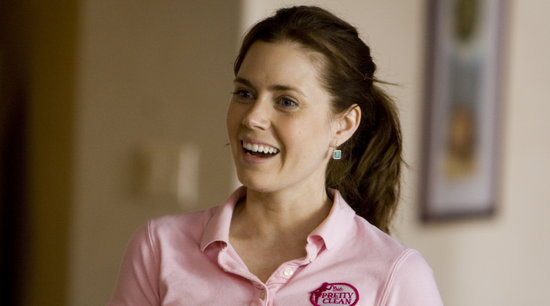 The Oughts, or whatever they're called, are nearing their end. Here's an untimely (given there's still a year to go) list of best 30 movies of the decade. As usual, it's organized in hierarchical order, starting with the best one in the humble opinion of this narrator (now, that's a quote from movie I like but which didn't make it to the list!). As far as the auteurs go, Cuaron, Kiarostami and Greengrass win, each having 2 movies in the set.
The Oughts, or whatever they're called, are nearing their end. Here's an untimely (given there's still a year to go) list of best 30 movies of the decade. As usual, it's organized in hierarchical order, starting with the best one in the humble opinion of this narrator (now, that's a quote from movie I like but which didn't make it to the list!). As far as the auteurs go, Cuaron, Kiarostami and Greengrass win, each having 2 movies in the set.
1. UZAK (Ceylan) 2. Y TU MAMA TAMBIEN (Cuarón)
3. 4 MONTHS, 3 WEEKS, 2 DAYS (Mungiu)
4. IRREVERSIBLE (Noe)
5. THE BARBARIAN INVASIONS (Arcand)
6. MULLHOLLAND DR. (Lynch)
7. THE DIVING BELL AND THE BUTTERFLY (Schnabel)
8. A HISTORY OF VIOLENCE (Cronenberg)
9. JUNEBUG (Morrison)
10. CHILDREN OF MEN (Cuarón)
11. FAITHLESS (Ullmann)
12. THE ETERNAL SUNSHINE OF THE SPOTLESS MIND (Gondry)
13. 10 (Kiarostami)
14. WAYWARD CLOUD (Tsai)
15. TICKETS (Olmi / Kiarostami / Loach)
16. UN CONTE DE NOEL (Desplechin)
17. VICKY CRISTINA BARCELONA (Allen)
18. APOCALYPTO (Gibson)
19. YOU CAN COUNT ON ME (Kenneth Lonergan)
20. MAN WITHOUT THE PAST (Kaurismäki)
21. CODE UNKNOWN (Haneke)
22. WE OWN THE NIGHT (Gray)
23. TRIPLE AGENT (Rohmer)
24. THE HOUSE OF MIRTH (Davies)
25. BLOODY SUNDAY (Greengrass)
26. L’ENFANT (Dardenne / Dardenne)
27. DEATH PROOF (Tarantino)
28. UNITED 93 (Grenngrass)
29. GOOD MORNING, NIGHT (Bellocchio)
30. THE PRESTIGE (Nolan)











